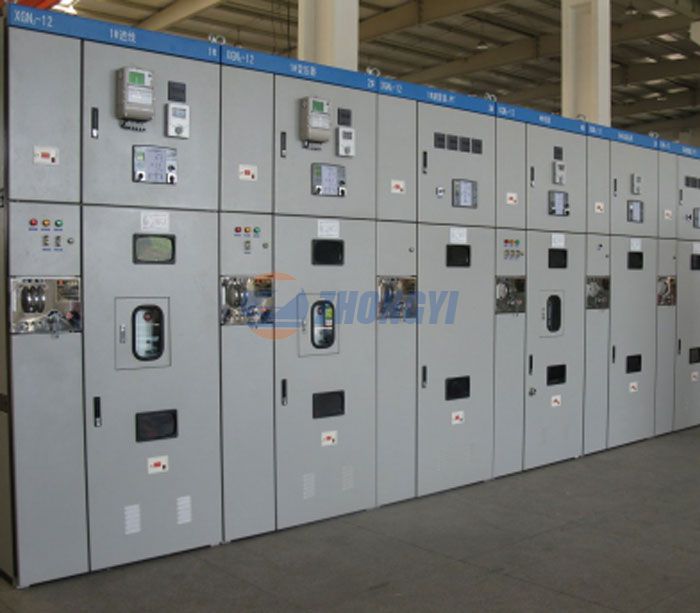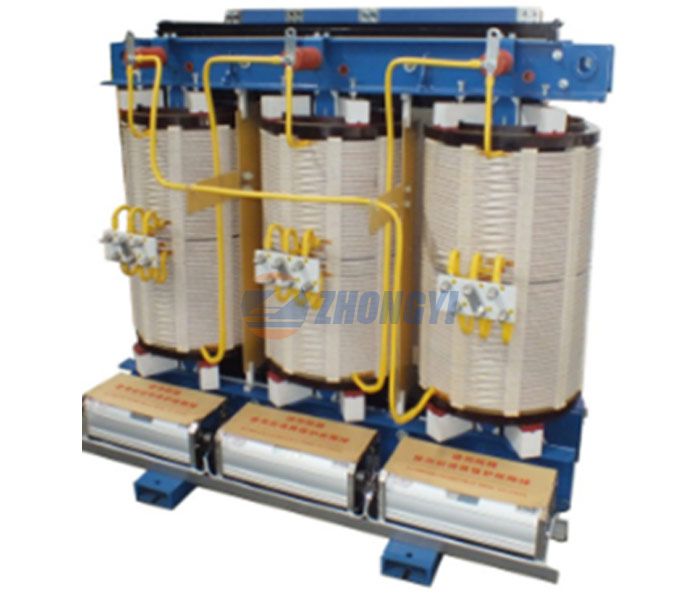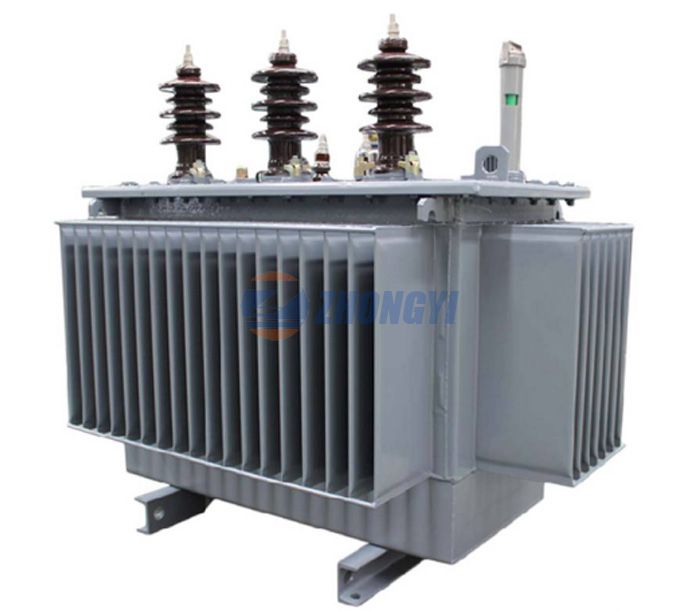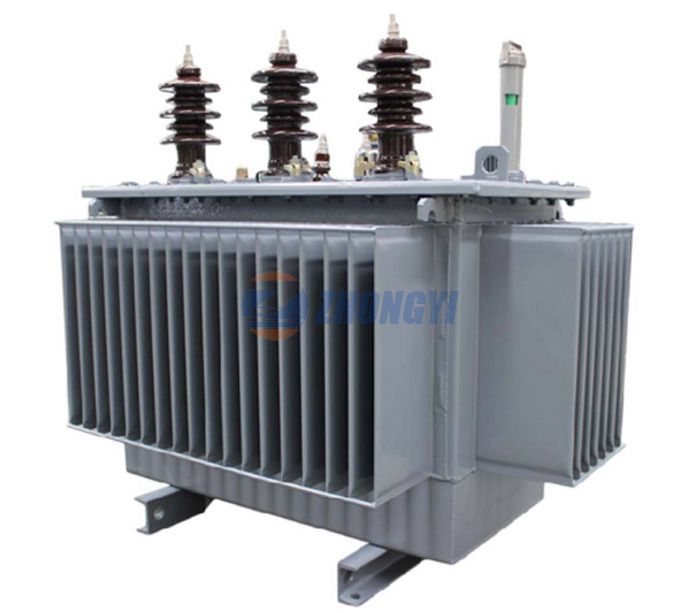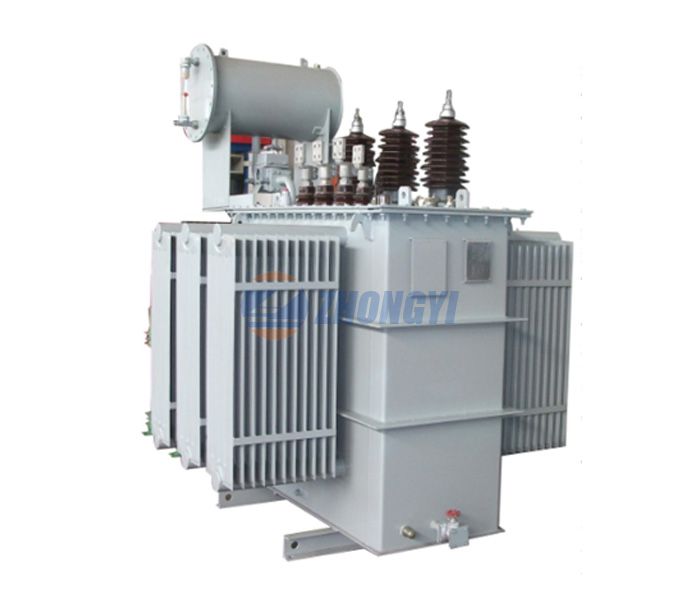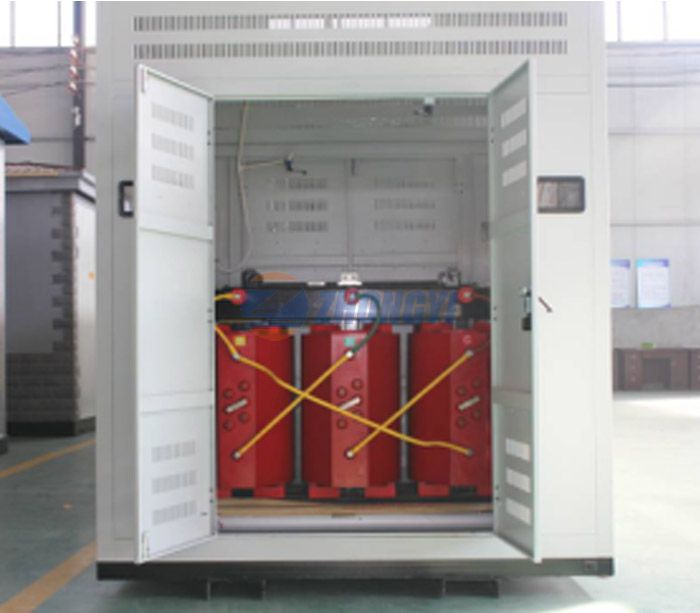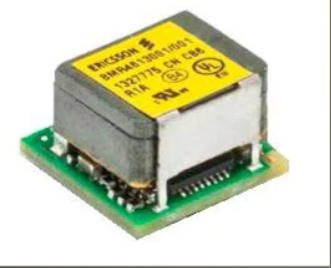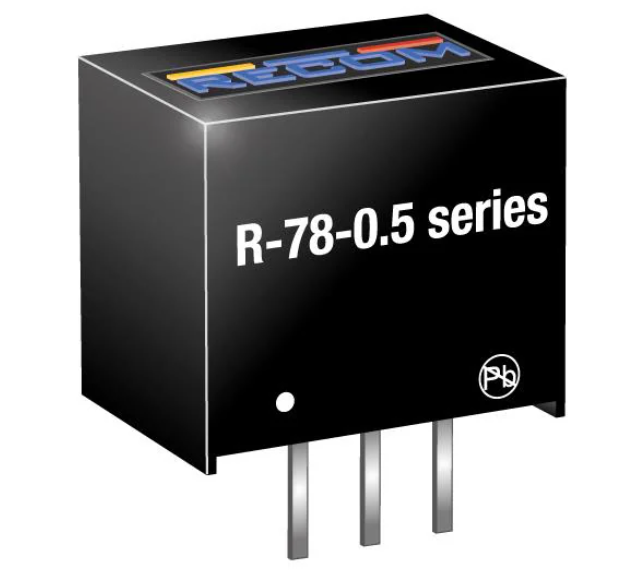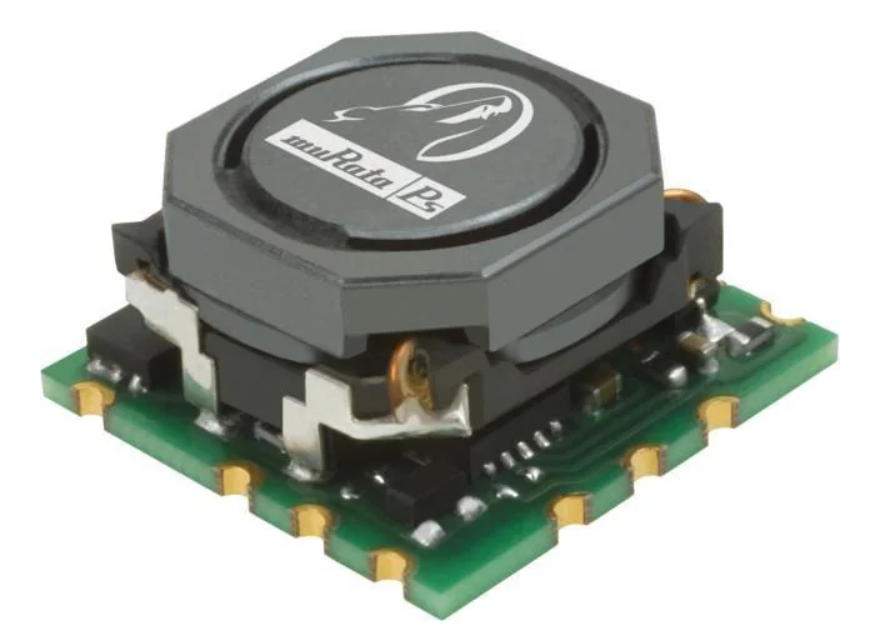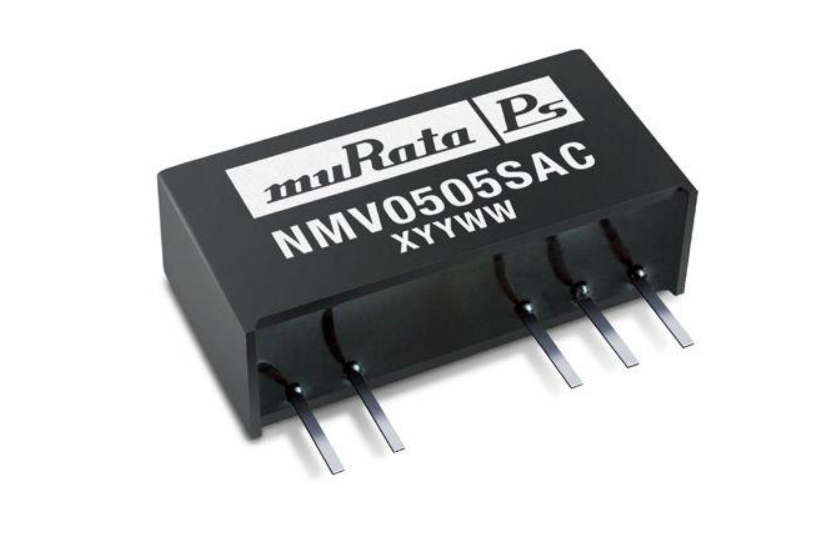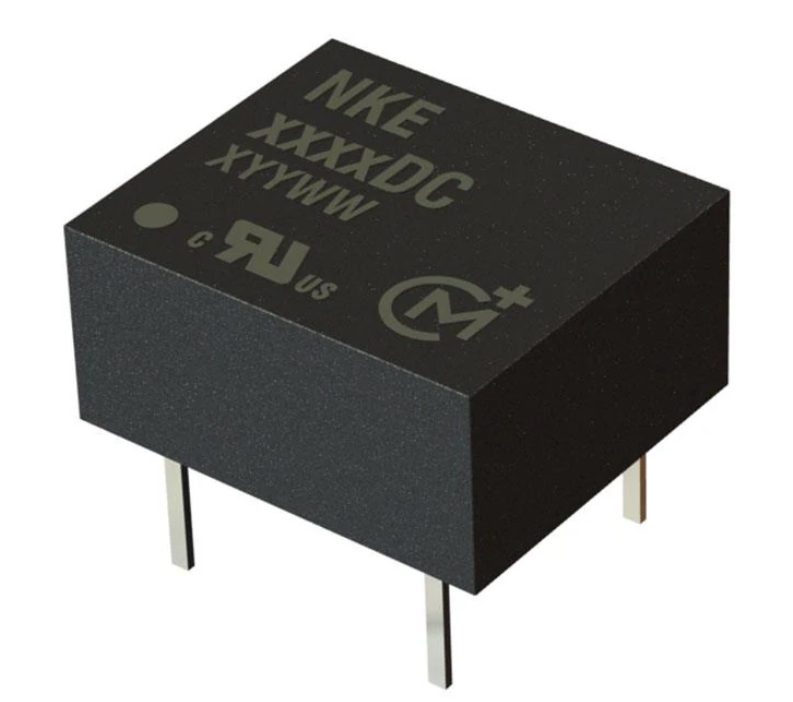Principle of isolating transformer
Principle of isolating transformer
Principle of isolating transformer
The principle ofandis the same as that of ordinary transformer. All by electromagnetic induction. Isolation transformer generally refers to 380V/380V, 400V/400V transformer. Because the secondary is not connected. There is no potential difference between any of the secondary lines and the ground. Safe to use. Often used for maintenance.
Isolation transformers are not all 1:1 transformers. The power source of the control transformer and tube equipment is also the isolation transformer. Power sources such as electronic tube amplifiers, electronic tube radios and oscilloscopes and lathe control transformers are isolating transformers. Such as for the safety maintenance of color TV commonly 1 than 1 isolation transformer. Isolation transformer is used more, in the air conditioning is also used.
Although there are isolation circuits between primary and secondary windings of transformers in general, the capacitance between the two windings will still cause electrostatic interference between the two sides of the circuit in the case of higher frequency. In order to avoid such interference, the primary and secondary windings of the isolating transformer are generally placed on different cores to reduce the capacitance between them. The primary and secondary windings are concentric, but electrostatic shielding is added between the windings to achieve high anti-interference.
Electrostatic shielding is to set a piece of copper sheet or non-magnetic conductive paper between the primary and secondary windings, which is called the shielding layer. Copper sheet or non-magnetic conductive paper is connected to the housing with wires. Sometimes for better shielding effect, a shielding shell is also covered throughout the transformer. The outgoing terminals of the windings are also shielded to prevent other external electromagnetic interference.
Only can make the original, so each winding between main remanent magnetism coupling, and meantime the equivalent distributed capacitance can be less than 0.01 pF, thereby significantly reducing the original, deputy winding capacitance current, effectively restrain all kinds of interference from the power supply as well as other circuit, tunnel transformer, three-phase transformer, isolation transformer, security transformer, special transformer, servo transformer.
在线联系供应商
Other supplier products
| Do You Know What Is The Short Circuit Impedance of The Transformer? | process of using, it is necessary to enhance the continuous improvement of the use and efficiency of the transformer such asDry Type Transformer.... | |
| What is the Line Voltage and Phase Voltage of the Transformer? | The transformer such asOil Immersed Transformeris a kind of voltage that can stabilize the voltage in the circuit and ensure the stability of the ... | |
| Amorphous alloy power transformer China | is a new type of energy saving transformer made of a new magnetic conducting material (amorphous alloy). It is more than 70% lower than the no-loa... | |
| What are the steps of transformer maintenance | What are the steps of transformer maintenance Transformer is an important electrical equipment that must be used in our production and life. For tr... | |
| high voltage step up transformer | distribution transformer The products implement the National Standard GB1094-2013 Power Transformer and GB / T6451-2015 Three-phase Oil-immersed Po... |
Same products
| BMR4612001/001 | 卖方: 双为(香港)科技有限公司 | 非隔离式DC/DC转换器 60W 4.5-14Vin 5Vout 6A POL SMT 产品属性属性值选择属性 制造商: Flex 产品种类: 非隔离式DC/D... | |
| R-785.0-0.5 | 卖方: 双为(香港)科技有限公司 | 非隔离式DC/DC转换器 0.5A DC/DC REG 6.5-34Vin 5Vout 产品属性属性值选择属性 制造商: RECOM 产品种类: 非... | |
| OKL-T3-W12P-C | 卖方: 双为(香港)科技有限公司 | 制造商: Murata 产品种类: 非隔离式DC/DC转换器 RoHS: 详细信息 安装风格: SMD/SMT 产品:... | |
| NMV0515SAC | 卖方: 双为(香港)科技有限公司 | 隔离式直流-直流转换器(通孔型) 1W 5-15V SIP DC/DC 制造商: Murata 产品种类: 隔离式直流-直流转换器(通孔型) RoH... | |
| NKE0505DC 隔离式直流-直流转换器(通孔型) 1W 5-5V DIP SINGLE DC/DC | 卖方: 双为(香港)科技有限公司 | 制造商: Murata 产品种类: 隔离式直流-直流转换器(通孔型) RoHS: 详细信息 安装风格: Through Hole ... |









